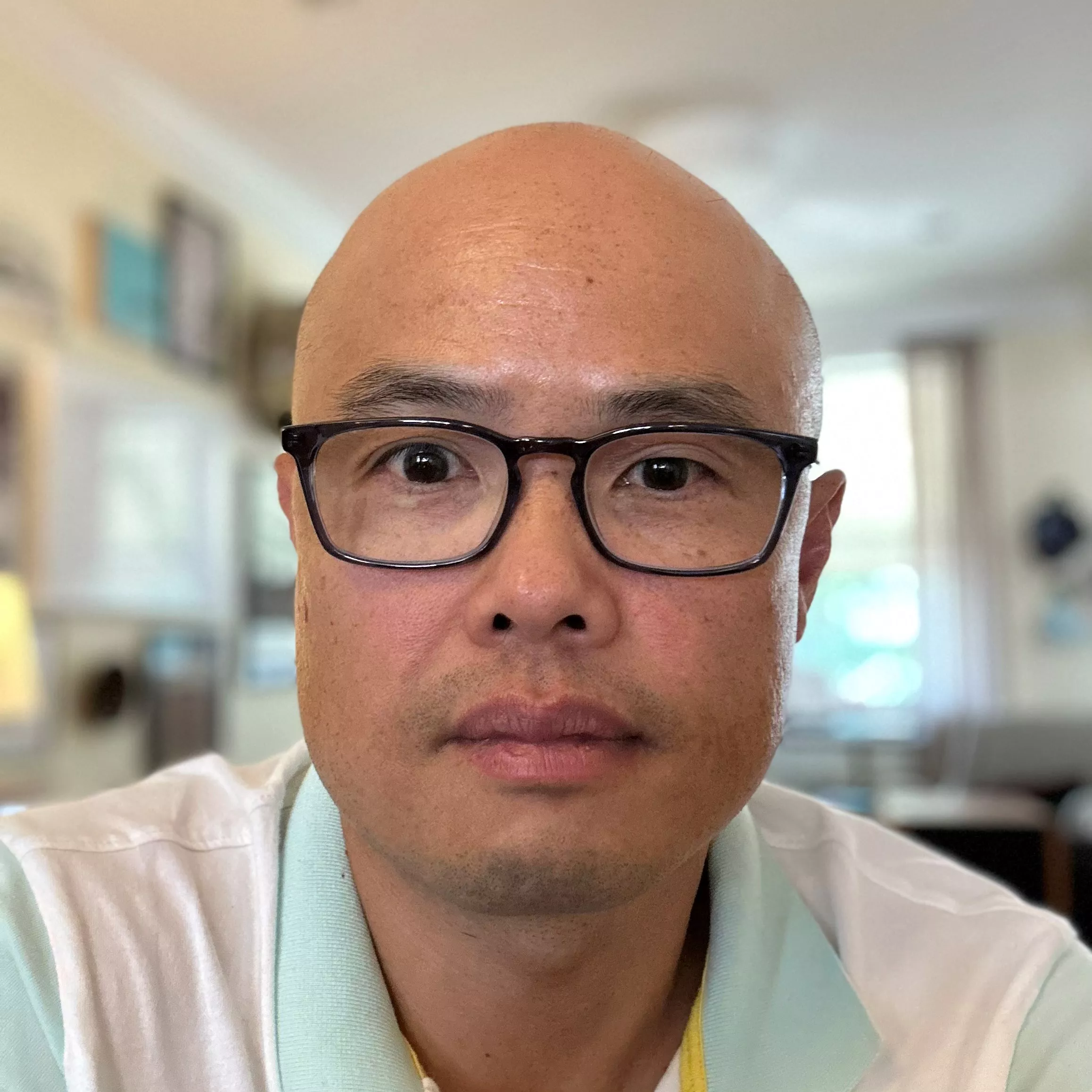In this talk, we present a historical outline of how the solar corona can be observed, and the evolution of the instruments that were designed to observe it.
We explain the basics of the physics of the solar corona and introduce what is a Coronal Mass Ejection (CME), as well as how these transient phenomena can impact Earth. Finally, we present the latest generation of coronagraph instruments designed and built at the U.S. Naval Research Laboratory for NOAA. The Compact Coronagraph (CCOR) series of operational coronagraphs will be used by NOAA for space weather monitoring and will return images of the Sun’s extended corona that will be made publicly available by NOAA.
Presenters
Dr. Damien Chua

Dr. Damien Chua has been a Research Physicist at the US Naval Research Laboratory (NRL) in Washington, D.C. since 2004. He received his Ph.D. in Geophysics at the University of Washington in 2002. Dr. Chua specializes in remote sensing of ionospheric and heliospheric plasmas for space weather forecasting applications.
Dr. Arnaud Thernisien
Dr. Arnaud Thernisien received an engineering degree from the Ecole Nationale Supérieure de Physique de Marseille (now Ecole Centrale de Marseille), France, in 1999, and a Ph.D. degree in Optics, Photonics and Image processing at the Université Paul Cézane of Marseille, France, in 2008.
He worked at the Laboratoire d’Astrophysique de Marseille, where he developed a ground processing pipeline and worked on in-flight calibration of the LASCO coronagraphs onboard the ESA-NASA's Solar and Heliospheric Observatory (SOHO) spacecraft. In 2003, he started to work as a contractor and then, in 2013, as an employee in the Space Science Division, Solar Physics Branch, of the Naval Research Laboratory in Washington DC, USA.
On the research side, he developed a forward modeling technique for the 3D reconstruction of solar coronal features, particularly coronal mass ejections (CMEs), using data from NASA's Solar Terrestrial Relations Observatory (STEREO) spacecraft. On the engineering side, he was the optics lead of the SoloHI (Solar Orbiter Heliospheric Imager) instrument as well as the WISPR (Wide Field Imager for Parker Solar Probe) instrument.
Dr. Thernisien is the current Principal Investigator of the Compact Coronagraph (CCOR). CCOR is a series of operational space coronagraphs, funded by the National Oceanic and Atmospheric Administration (NOAA), that will be used to perform space weather forecasts.
